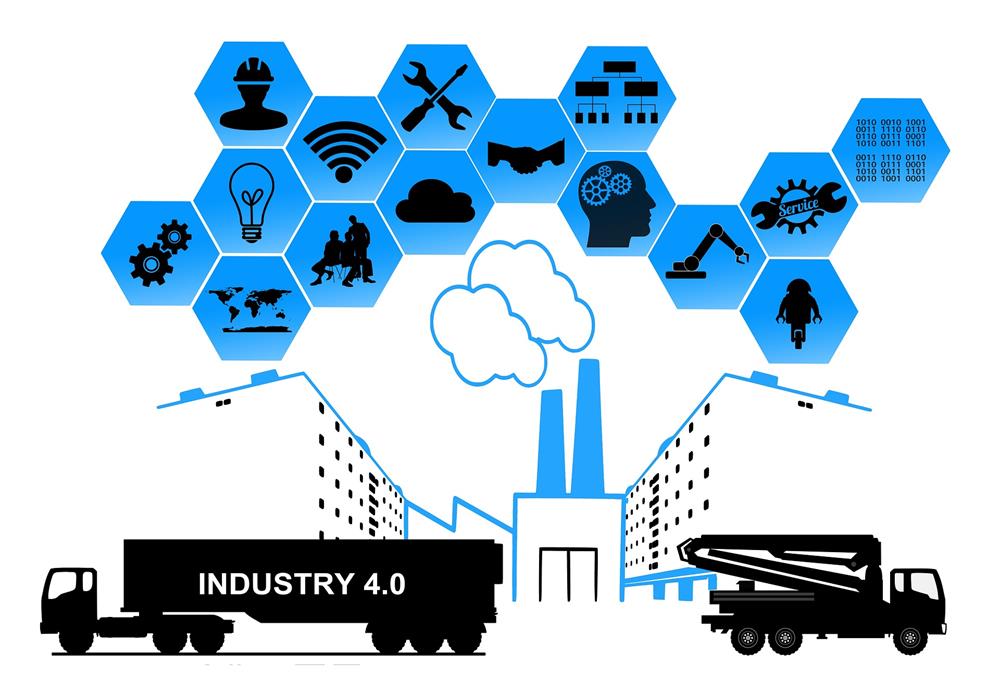- Home
- Business Processes
- Industry Knowledge
- Aerospace Industry
- Automotive Industry
- Banking Domain
- BFSI Industry
- Consumer/ FMCG Industry
- Chemicals Industry
- Engineering & Construction
- Energy Industry
- Education Domain
- Finance Domain
- Hospitality Domain
- Healthcare Industry
- Insurance Domain
- Retail Industry
- Travel and Tourism Domain
- Telecom Industry
- Leadership Skills
- eLearning
- Home
- Business Processes
- Procure to Pay
- Warehouse Management
Warehouse Management
Warehouse management and distribution logistics involve the physical warehouse where products are stored, as well as the receipt and movement of goods takes place. Warehouse management aims to control the storage and movement of products and materials within a warehouse. These operations include the receipting of inwards goods, tracking, stacking and stock movement through the warehouse.
Warehouse management and distribution logistics involve the physical warehouse where products are stored, as well as the receipt and movement of goods takes place. Warehouse management aims to control the storage and movement of products and materials within a warehouse. These operations include the receipting of inwards goods, tracking, stacking and stock movement through the warehouse. Warehouse management is also responsible for ensuring shelving or pallet racking is in place to secure the stock, maintaining the quality of goods while in storage and until they are shipped out of the warehouse. The warehouse is the core of inventory management where all goods are received, sent to stores or shipped out and delivered to customers. Warehouse management isn’t so much about space as it is how to effectively use that space.
Warehouse Management Costs
All companies with warehouses incur cost that would depend on various components like order volume, storage time and fulfillment type. However, it’s good to know what are common warehousing costs so that you know how to budget for warehouse services. Generally warehouses expenses include costs incurred on handling and moving product in or out of the warehouse, costs associated with the equipment used to handle product, cost of fuel or electricity to power the equipment, rent and storage expenses, costs on operations administration and administrative expenses.
Given below is a snapshot of various cost components that you will often see in warehousing operations:
- Employment (wages, benefits, compensation, training etc.)
- Storage (rent, depreciation, interest, local taxes etc.)
- Material handling (fork lift trucks, pallets, packaging etc.)
- Utilities (electricity, heat etc.)
- Communication (Internet, telephone systems etc.)
- Administration (management, insurance, security etc.)
Warehouse Management Systems
Knowing how much inventory you need is important, but equally important is knowing where that inventory is. The system or software application that manages these operations is known as a warehouse management system (WMS). WMS programs allow for centralized management of warehouse management processes, such as inventory tracking and stock locations. A warehouse execution system (WES) coordinates all of the processes that take place inside a warehouse or distribution center, including material handling equipment, devices, inventory management, and employees. A warehouse management system (WMS) controls, manages, and regulates the movement of goods within a warehouse or distribution center. Typical features of a WMS include inventory management, picking and putaway, order visibility, and fulfillment.
Current warehouse operations can be so complex in a multi-divisional organization operating through multiple channels, that they require a dedicated team to run them. All warehousing aspects must be streamlined to ensure that customers get their orders on time. The key to successfully managing multiple warehouses is to get a good understanding of the warehousing concepts and modern best practices. This will help you to identify challenges in warehousing operations for your business and develop strategies to overcome them.
Related Links
You May Also Like
-
In the normal course of business, customers are likely to return orders from time to time due to various reasons and business should design processes the manage and accept such returns. A well designed returns management process can reduce costs and issues associated with returns or exchanges.
-
Business Case of Multiple Warehouses
Adding extra warehouses to business provides many benefits such as reducing shipping costs, increasing storage capacity, and having warehouses for specific purposes to simplify overall warehouse management. Multiple warehouses allow you to organize your inventory in a way that helps your business be more effective.
-
To stay competitive in today’s tough market, the location of your warehouse is vital. To grow retail business need to offer to customers faster and affordable shipping time, which is dependent on the warehousing location as the location of the warehouse affects the transit time to ship orders to customers.
-
Types of Order Picking Methods in the Warehouse
There are many different types of picking in a warehouse and each one works as a customized solution for each business. Depending on the size of your warehouse and inventory, the manpower you have on hand, and the number of customer orders made each day, there may be certain methods that are more efficient for you than others.
-
Warehouses can be places where piles of packed or loose products occupy space. If left disorganized, it will become very challenging to identify products for packing or picking. Hence, proper organization of warehouse is very important. Warehouse labeling systems eliminate this problem by making sure products are easily identified and managed during the warehousing and shipping process. Labeling is the most functional and cost-effective way to keep your warehouse organized and operating efficiently.
-
Miscellaneous Warehouse Processes
At the end of each inventory control, the Contractor provides the Ordering Person with an inventory report which contains a list of all stock adjustments. The Ordering Person uses the report to create, by use of his/her own means, necessary value and accounting adjustments related to the stock. Let us look at some to the mislaneous warehouse processes not covered earlier.
-
What is the difference between Warehouse Management & Inventory Management?
The terms “inventory management” and “warehouse management” are sometimes mistakenly used interchangeably as they both deal with operations and products of industries. Despite their few similarities, there are many notable differences between warehouse and inventory management systems.
-
One of the warehousing best practices that retailers like Walmart, Amazon, and Target have adopted is known as cross-docking. During this process the inbound products are unloaded at a distribution center and then sorted by destination, and eventually reloaded onto outbound trucks. In real parlance, the goods are not at all warehoused but just moved across the dock (hence the name).
-
At a high level, the essential elements in a warehouse are an arrival bay, a storage area, a departure bay, a material handling system and an information management system. As part of the process for enabling a warehouse layout, you must define warehouse zone groups, and zones, location types, and locations.
-
Warehouse management and distribution logistics involve the physical warehouse where products are stored, as well as the receipt and movement of goods takes place. Warehouse management aims to control the storage and movement of products and materials within a warehouse. These operations include the receipting of inwards goods, tracking, stacking and stock movement through the warehouse.
Explore Our Free Training Articles or
Sign Up to Start With Our eLearning Courses

About Us
Learning
© 2023 TechnoFunc, All Rights Reserved









